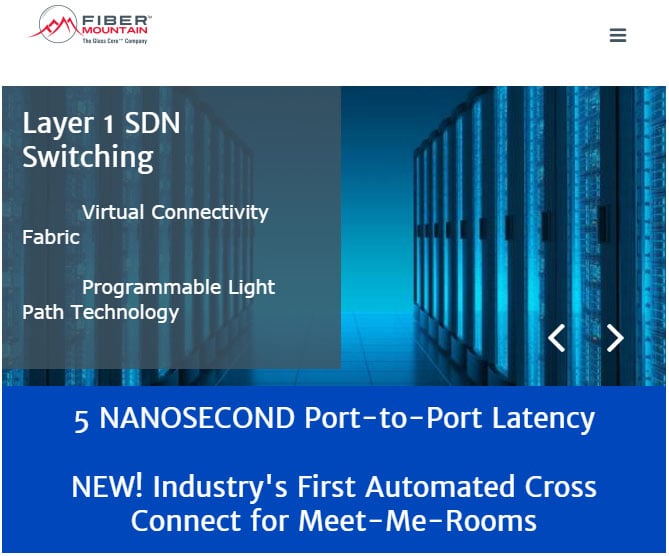GridGain Releases Version 7.0 of In-Memory Data Fabric Enterprise Edition
As more data is created every day, managing this information effectively and extracting actionable insights that can benefit organizations requires powerful processing power and innovative applications. In the past this was achieved with large amount of computers operating simultaneously with brute force. However, new innovations in software and hardware is using existing technologies more effectively to deliver better results.
One of these innovations is in-memory computing, which is the storage of information in the main random access memory (RAM) of dedicated servers. GridGain, provider of enterprise-grade in-memory computing solutions, announced it has released Version 7.0 of the GridGain In-Memory Data Fabric Enterprise Edition built on Apache Ignite.
In-memory computing is extremely important at this point in time of digital technology. As businesses across many different sectors try to make sense of the massive amount of data they collect daily, real-time or near real-time analysis becomes indispensable.
The company is making the latest version available for download early in Q2 of 2015. In addition to new automation and enhanced ease-of-use, some of the new features in version 7.0 include:
- JCache (JSR-107) support: JCache provides a seamless and easy-to-use API for interacting with Java in-memory caches. Caching is implemented based on JCache, which adds more functionality, and allows simplified migration from other JCache-compliant products such as Oracle Coherence, Software AG Terracotta or Hazelcast.
- Auto-Loading of SQL data: Simplified integration with different RDBMS systems such as Oracle, MySQL, Postgres, DB2, Microsoft SQL and others. It simplifies the migration from disk-based architecture to in memory architecture by streamlining the process and saving time with an easy to use utility that automatically reads the database schema, creates required in-memory indexes, and optionally generates the domain model in Java.
- Dynamic cache creation: It allows for dynamic cache creation on the fly, so users can define configuration and cluster topology to start the cache automatically on the cluster. This removes the need for users to know all cache configurations in advance, as well as restarting the entire cluster or updating multiple configuration files on every cluster member, which simplifies the process. Caches can be defined and deployed from a single client throughout runtime of an application, saving users a considerable amount of time.
The GridGain In-Memory Data Fabric is a highly scalable solution designed to address large volumes and deliver real-time analytics and hybrid transactional-analytical processing. With high availability and enhanced security, it can run on commodity hardware on-premises and in the cloud.
This flexibility, scalability and availability for high-volume transactions, real-time analytics and hybrid data processing, is used by Fortune 500, mobile, web and SaaS companies so they can stay ahead of their competition and anticipate what will take place in their segment.
"The GridGain In-Memory Data Fabric addresses the emerging needs of the real-time enterprise for immediate decision-making. Organizations must implement holistic strategies to connect enterprise-wide data from all sources with speed and great efficiency," said Abe Kleinfeld, President and CEO of GridGain. "
Edited by Maurice Nagle


